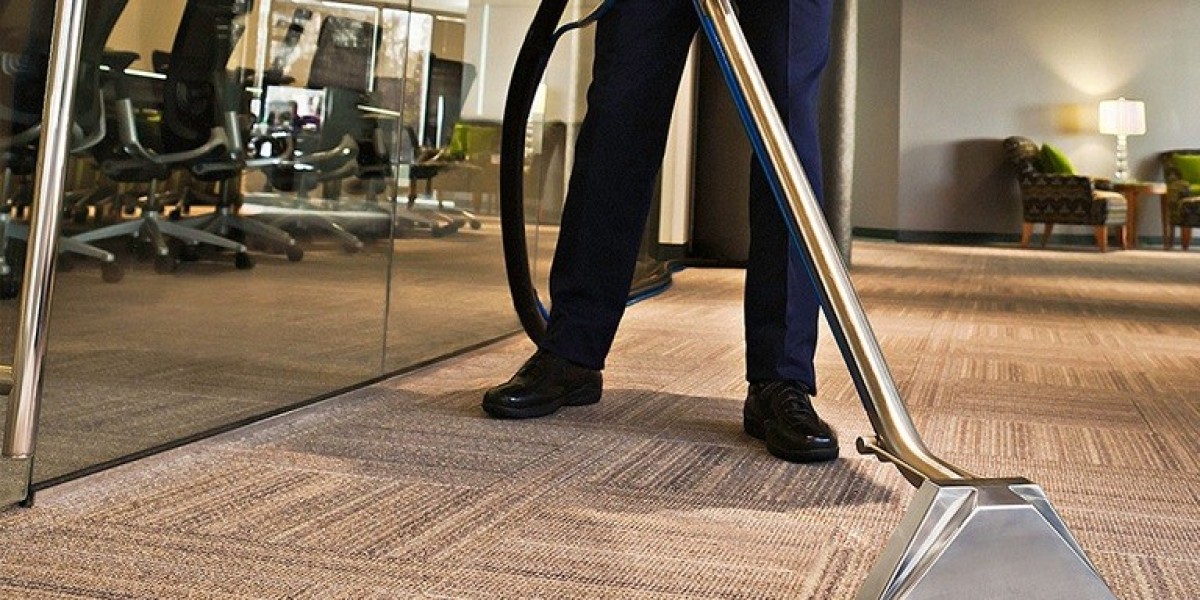Eco-driving is becoming increasingly important in today’s world, where environmental concerns and fuel costs are at the forefront of everyone’s mind. By adopting eco-friendly driving habits and understanding how to use your car's features effectively, you can significantly improve fuel efficiency, reduce emissions, and save money in the long run. If you're taking a driving crash course, learning how to drive efficiently is an essential skill that will not only make you a better driver but also help you contribute to a greener future.
In this article, we’ll explore how to use your car’s features to maximize fuel efficiency and improve your driving habits for better environmental performance.
Why Eco-Driving Matters
Eco-driving is all about making conscious choices behind the wheel to reduce fuel consumption and minimize your car's carbon footprint. By improving your driving techniques and understanding your car’s features, you can enjoy the following benefits:
Lower Fuel Consumption: Efficient driving can help reduce the amount of fuel you use, leading to significant savings over time.
Reduced Emissions: By cutting down on fuel usage, you also help reduce harmful greenhouse gas emissions that contribute to global warming.
Cost Savings: Fuel-efficient driving can lower your expenses, as you’ll spend less on gas and avoid costly repairs caused by harsh driving habits.
Longer Vehicle Lifespan: Driving efficiently helps reduce wear and tear on your car, leading to fewer maintenance costs and a longer lifespan for your vehicle.
Now, let's dive into the specific features of your car that can help you become an eco-friendly driver.
1. Use Your Car’s Cruise Control Feature
One of the best ways to maximize fuel efficiency on highways and long drives is by using your car’s cruise control. Cruise control maintains a constant speed, which prevents unnecessary acceleration and deceleration, helping to save fuel.
Benefits:
Stable Speed: When driving at a constant speed, the engine operates more efficiently, consuming less fuel than if you were constantly speeding up and slowing down.
Improved Fuel Economy: Studies have shown that using cruise control can improve fuel efficiency by up to 15%.
Tip:
Use cruise control on highways or long stretches of road, but avoid using it in heavy traffic or on winding roads where you need to maintain better control.
2. Monitor Tire Pressure Regularly
Maintaining the correct tire pressure is crucial for optimal fuel efficiency. Under-inflated tires increase rolling resistance, causing your engine to work harder and burn more fuel. On the other hand, over-inflated tires can lead to poor traction and uneven tire wear.
Benefits:
Better Mileage: Properly inflated tires can improve your car’s fuel economy by up to 3%.
Enhanced Safety: Correct tire pressure ensures better grip on the road, reducing the risk of accidents.
Tip:
Check your tire pressure at least once a month and before long trips. Always follow the manufacturer’s recommended tire pressure found in your owner’s manual or on the door frame of your car.
3. Utilize the Air Conditioning Wisely
Air conditioning (AC) can be a major contributor to fuel consumption. When you turn on the AC, it puts extra strain on your engine, reducing fuel efficiency. However, there are ways to use it wisely.
Benefits:
Fuel Efficiency: Minimizing the use of air conditioning when possible can improve fuel efficiency, especially on short trips.
Comfort: Proper use of AC helps you stay comfortable without wasting unnecessary fuel.
Tip:
Use the AC sparingly, and when driving at high speeds on the highway, consider turning off the air conditioning and opening the windows slightly for ventilation.
For city driving, try using the air vents instead of the AC to stay cool.
4. Shift Gears Smoothly and at the Right Time
Whether you drive a manual or automatic transmission, shifting gears at the right time can help improve fuel efficiency. Shifting gears too late or too early can cause the engine to overwork, using more fuel than necessary.
Benefits:
Optimal Engine Performance: Shifting at the correct RPM (Revolutions Per Minute) keeps the engine in its most efficient power range.
Fuel Savings: Smooth gear shifting helps minimize fuel wastage and ensures the engine is working at its peak efficiency.
Tip:
In a manual transmission, shift to a higher gear as soon as you can without over-revving the engine. For automatic transmissions, most modern cars are programmed to shift at optimal points, but you can still adjust your driving to avoid harsh acceleration and braking.
Avoid revving the engine excessively, which wastes fuel and damages the engine over time.
5. Use the “Eco Mode” Feature
Many modern vehicles come with an “eco mode” or “economy mode” feature. This feature optimizes the car’s performance to maximize fuel efficiency by adjusting engine performance, transmission, and even air conditioning settings.
Benefits:
Fuel Efficiency: Eco mode helps reduce fuel consumption by limiting unnecessary engine power and adjusting driving systems for better economy.
Reduced Emissions: By driving more efficiently, eco mode helps reduce the vehicle’s overall carbon emissions.
Tip:
Switch to eco mode when driving in stop-and-go traffic or during city driving to save fuel and reduce your environmental impact.
6. Avoid Excessive Idling
Idling, or leaving your engine running while parked, is a common but wasteful driving habit. While many people think it’s necessary to leave the engine running when stopped for a short time, modern engines are designed to use less fuel when restarted than to continue idling for long periods.
Benefits:
Reduced Fuel Consumption: Restarting the engine uses less fuel than idling for an extended period.
Less Wear and Tear: Idling for long periods can contribute to engine wear and unnecessary emissions.
Tip:
If you’re stopped for more than 30 seconds, it’s generally better to turn off the engine and restart when you’re ready to go.
7. Lighten Your Load
A heavier car requires more energy to accelerate and maintain speed. If your car is packed with unnecessary items, it will decrease fuel efficiency. For example, carrying heavy items in your trunk or on your roof can significantly impact your gas mileage.
Benefits:
Better Fuel Economy: Reducing the weight of your vehicle improves efficiency by decreasing the amount of power needed to move it.
Less Strain on the Engine: A lighter load reduces the strain on your engine, leading to better overall performance.
Tip:
Remove unnecessary items from your car, especially when driving long distances. Consider using a roof box or trailer only when necessary, as carrying weight on the roof increases drag, which reduces fuel efficiency.
8. Drive Smoothly and Avoid Sudden Movements
Smooth driving is not only safer but also more fuel-efficient. Sudden acceleration, hard braking, and sharp turns waste fuel by putting unnecessary strain on the engine and braking system.
Benefits:
Increased Efficiency: Driving smoothly helps maintain a steady speed, which optimizes fuel consumption.
Reduced Wear: Smooth driving leads to less wear and tear on your vehicle, reducing maintenance costs over time.
Tip:
Avoid speeding up quickly and slamming on the brakes. Instead, anticipate traffic flow and use gradual acceleration and braking.
Conclusion
Eco-driving isn’t just about saving fuel—it’s about driving smarter, more responsibly, and with consideration for the environment. By understanding and utilizing your car’s features for maximum efficiency, you can make a significant impact on fuel consumption, emissions, and cost savings. Whether you're enrolled in a driving crash course or have years of experience, adopting eco-friendly driving habits is an excellent way to improve your driving skills and contribute to a greener planet.
By following the tips above, you can ensure that your driving is not only more efficient but also more sustainable, helping you save money and reduce your environmental footprint.
Get tailored Driving Lessons in Manchester UK at Impulse Driving School and achieve your driving goals in just a few weeks.








